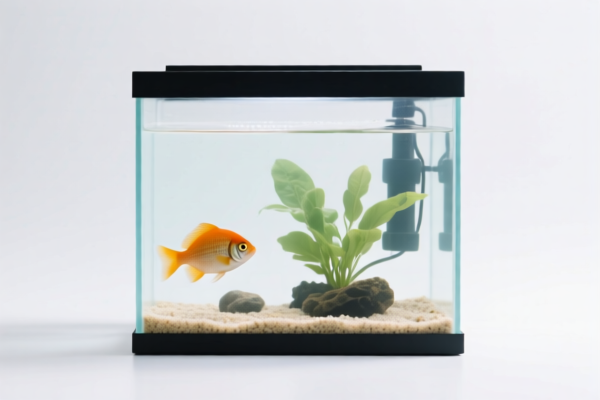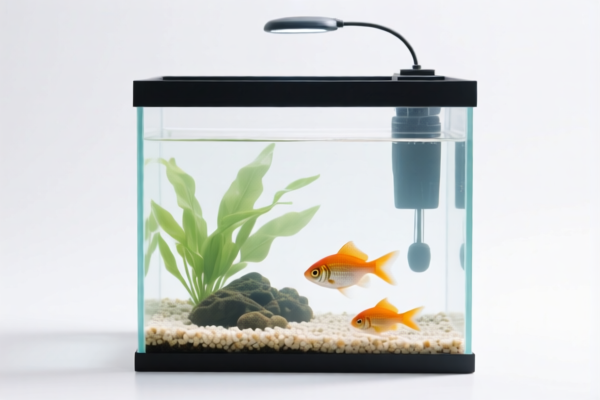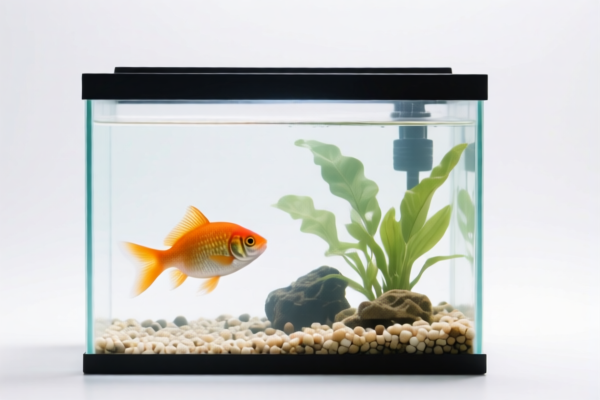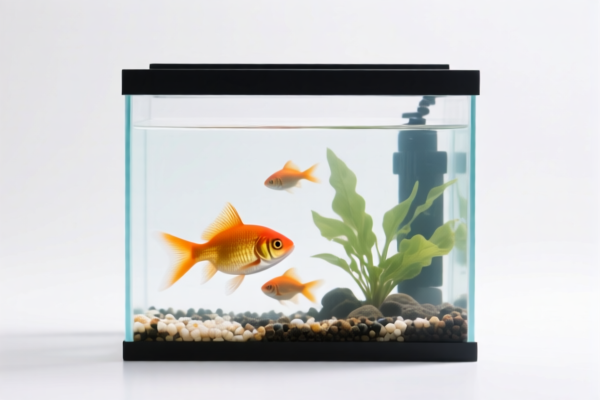| HS Code | Official Doc | Tariff Rate | Origin | Destination | Effective Date |
|---|---|---|---|---|---|
| 8414800500 | Doc | 55.0% | CN | US | 2025-05-12 |
| 8414802075 | Doc | 55.0% | CN | US | 2025-05-12 |
| 8413810030 | Doc | 55.0% | CN | US | 2025-05-12 |




Okay, let's break down the HS codes provided for your "FISH TANK OXYGENATION PUMP" declaration. It appears there are three potential classifications, and we need to determine the most accurate one. Here's a detailed analysis:
Understanding HS Codes – A Quick Primer
HS codes are standardized internationally. The first two digits generally indicate the chapter, the next two the subheading, and so on. More digits mean a more specific classification.
1. 8414.80.05.00 – Air or vacuum pumps, air or other gas compressors and fans; ventilating or recycling hoods incorporating a fan; gas-tight biological safety cabinets, whether or not fitted with filters; parts thereof: Other, except parts: Air compressors: Turbochargers and superchargers
- 84: Pumps, compressors, fans, and ventilating or recycling hoods. This is the broad chapter.
- 14: Air or vacuum pumps, air compressors, fans. This narrows it down to this specific type of equipment.
- 80: Other, except parts.
-
05: Air compressors: Turbochargers and superchargers.
- Relevance to your product: This code is specifically for turbochargers and superchargers. Unless your fish tank oxygenation pump is a turbocharger or supercharger (highly unlikely!), this is not the correct classification.
2. 8414.80.20.75 – Air or vacuum pumps, air or other gas compressors and fans; ventilating or recycling hoods incorporating a fan, whether or not fitted with filters; gas-tight biological safety cabinets, whether or not fitted with filters; parts thereof: Other, except parts: Other compressors Other: Other, including reciprocating and rotary: Exceeding
- 84: Pumps, compressors, fans, and ventilating or recycling hoods.
- 14: Air or vacuum pumps, air compressors, fans.
- 80: Other, except parts.
- 20: Other compressors Other.
-
75: Other, including reciprocating and rotary: Exceeding
746 kW .- Relevance to your product: This code is for other compressors (reciprocating or rotary) with a power exceeding 746 kW. This is possible if your pump is a large, industrial-grade unit. However, most fish tank oxygenation pumps are much smaller. You need to verify the power (kW) of your pump. If it's below 746 kW, this code is incorrect.
3. 8413.81.00.30 – Pumps for liquids, whether or not fitted with a measuring device; liquid elevators; part thereof: Other pumps; liquid elevators: Pumps Household water systems, self-contained; and windmill pumps
- 84: Pumps, compressors, fans, and ventilating or recycling hoods.
- 13: Pumps for liquids.
- 81: Other pumps; liquid elevators.
- 00: Pumps Household water systems, self-contained; and windmill pumps.
-
30: Household water systems, self-contained; and windmill pumps.
- Relevance to your product: This code is for pumps for liquids, specifically household water systems. This is the most likely correct classification for a standard fish tank oxygenation pump. While it's pumping air into the water, the ultimate function is related to liquid (the fish tank water).
Tax Information (All Codes)
All three codes currently show:
- Basic Tariff: 0.0%
- Additional Tariff: 25.0%
- Additional Tariff (after April 2, 2025): 30.0%
- Total Tariff: 55.0%
Recommendations & Next Steps
- Confirm Pump Type: Is your pump primarily moving air, or is its function directly related to the liquid in the fish tank? If it's the latter, 8413.81.00.30 is the most appropriate.
- Verify Power (kW): If you're considering 8414.80.20.75, absolutely check the pump's power rating. If it's below 746 kW, do not use this code.
- Material Composition: The material of the pump housing and impeller can affect tariff rates. Be prepared to provide this information.
- Single Declaration: You can only declare under one HS code. Choosing the wrong one can lead to delays, fines, and re-classification issues.
- Certification: Depending on the destination country, you may need certifications (e.g., CE, RoHS) for electrical products. Check the import requirements for your specific country.
- Single Price: Ensure the declared unit price is accurate and consistent with your invoice.
Disclaimer: I am an AI and cannot provide definitive customs advice. This information is for guidance only. It is strongly recommended to consult with a licensed customs broker or the customs authorities in your destination country for final confirmation of the correct HS code and import requirements.
Customer Reviews
The review of tariff rates and the emphasis on verifying the pump's power was spot-on. Good reminder to double-check product specs before declaring.
Finally, a resource that explains the difference between air compressors and liquid pumps. This helped me avoid a costly mistake with the wrong HS code.
The analysis of the three HS codes was thorough, but I wish there was a quick summary at the top for faster decision-making. Still, very helpful.
The detailed breakdown of HS code 8413.81.00.30 was exactly what I needed for my fish tank pump. It clarified why this is the best fit for household use.